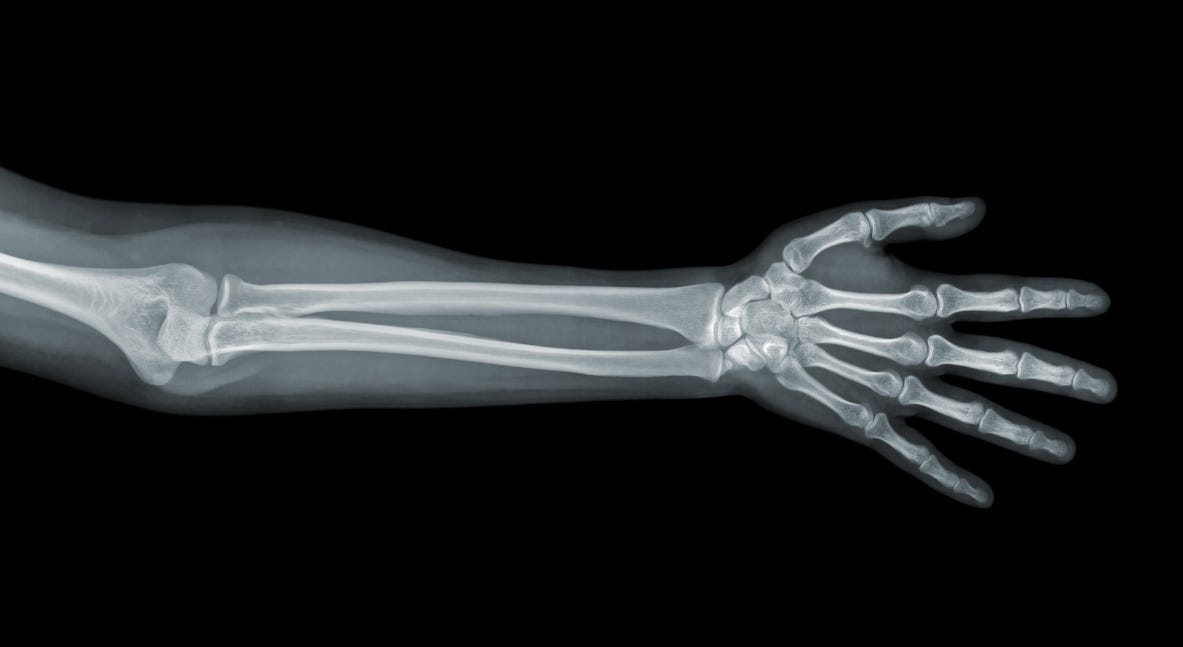The X-ray
On a New Kind of Rays (1896)
In the winter of 1895, a German physicist named Wilhelm Conrad Röntgen made a discovery that would forever change medicine, physics, and our very perception of the invisible world. His paper, On a New Kind of Rays, outlined a series of experiments that revealed the existence of previously unknown radiation capable of penetrating solid matter and creating images of hidden structures.
Nowadays, we are all too familiar with the manifold ways in which radiation in the form of electromagnetic energy and matter particles affects our lives. But at the time, the concept of radiation was still on the cutting edge of the physical sciences. Just like in the movies, the discovery of x-rays was the accidental byproduct of a rather mundane experimental setup.
In particular, Röntgen’s journey began while working with electrical discharges. He passed high-voltage discharges through vacuum tubes, specifically the Hittorf, Crookes, and Lenard types. These tubes were known for producing cathode rays, streams of electrons traveling through low-pressure gas.
By covering the tube with black paper and observing it in a darkened room, Röntgen noticed a peculiar phenomenon: a screen coated with barium platinocyanide glowed, even though no visible light should have escaped the paper-covered tube.
This unexpected fluorescence indicated the presence of some unknown radiation. What mysterious rays were passing through solid objects to cause this glow?
Properties of the Mysterious Rays
Röntgen set out to investigate these invisible rays systematically, which he dubbed X-rays (the “X” signifying their unknown nature). He eventually settled upon several fundamental properties:


